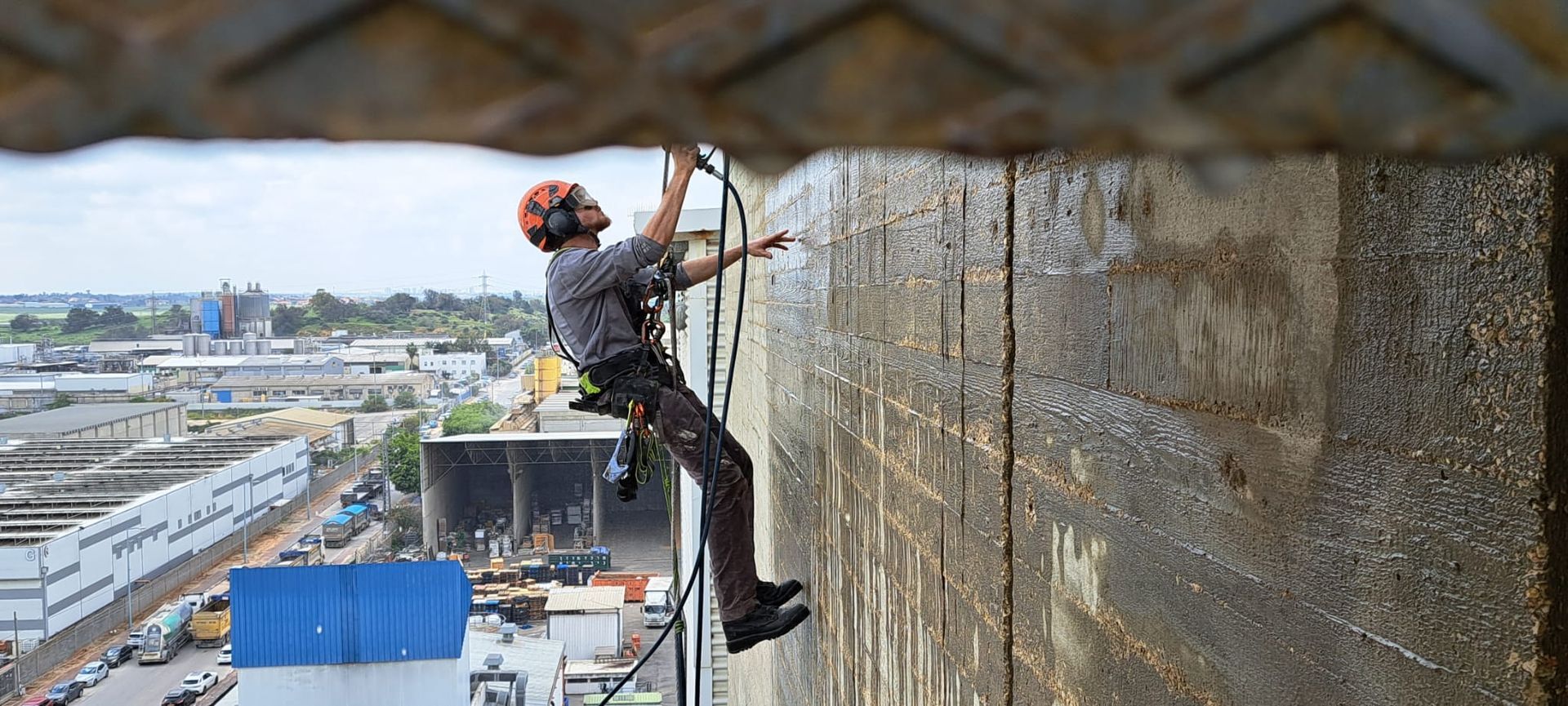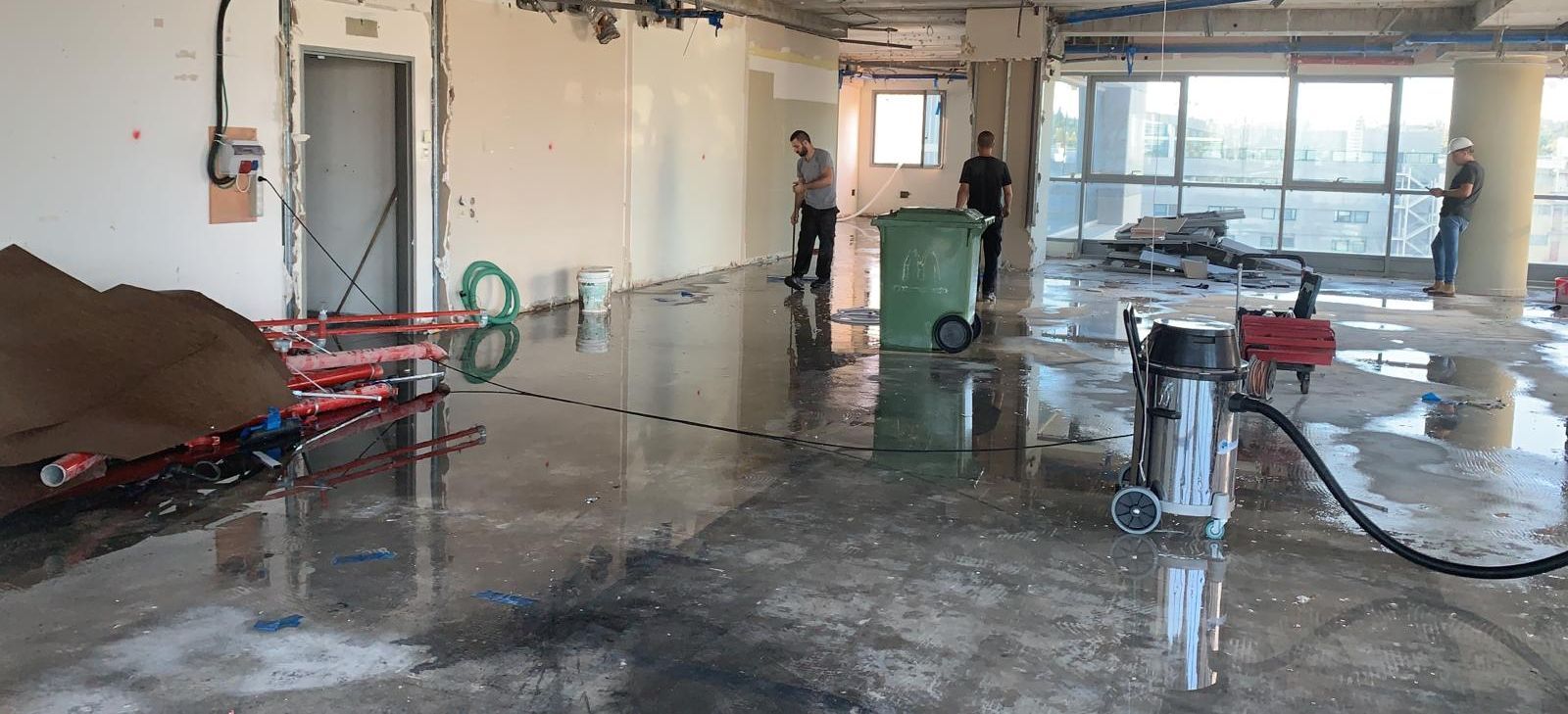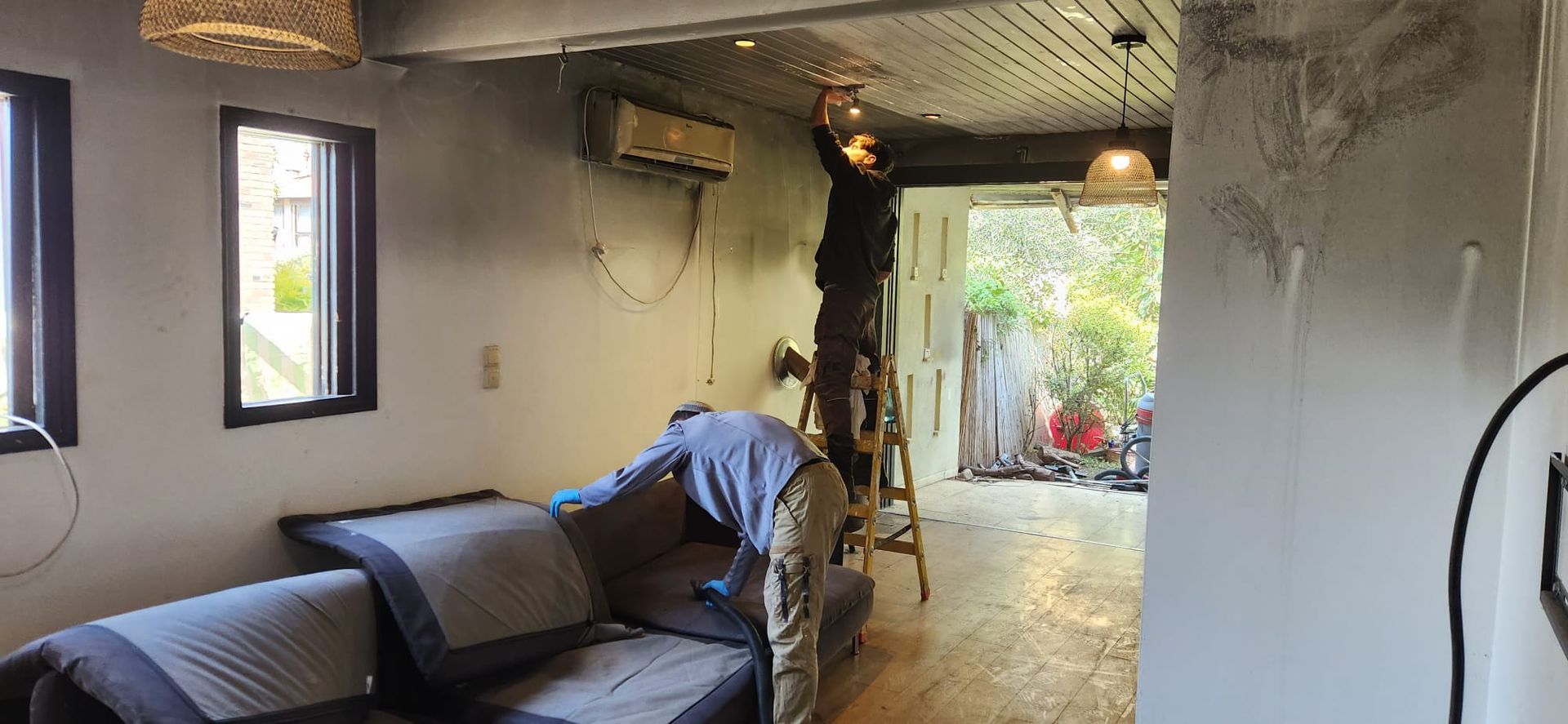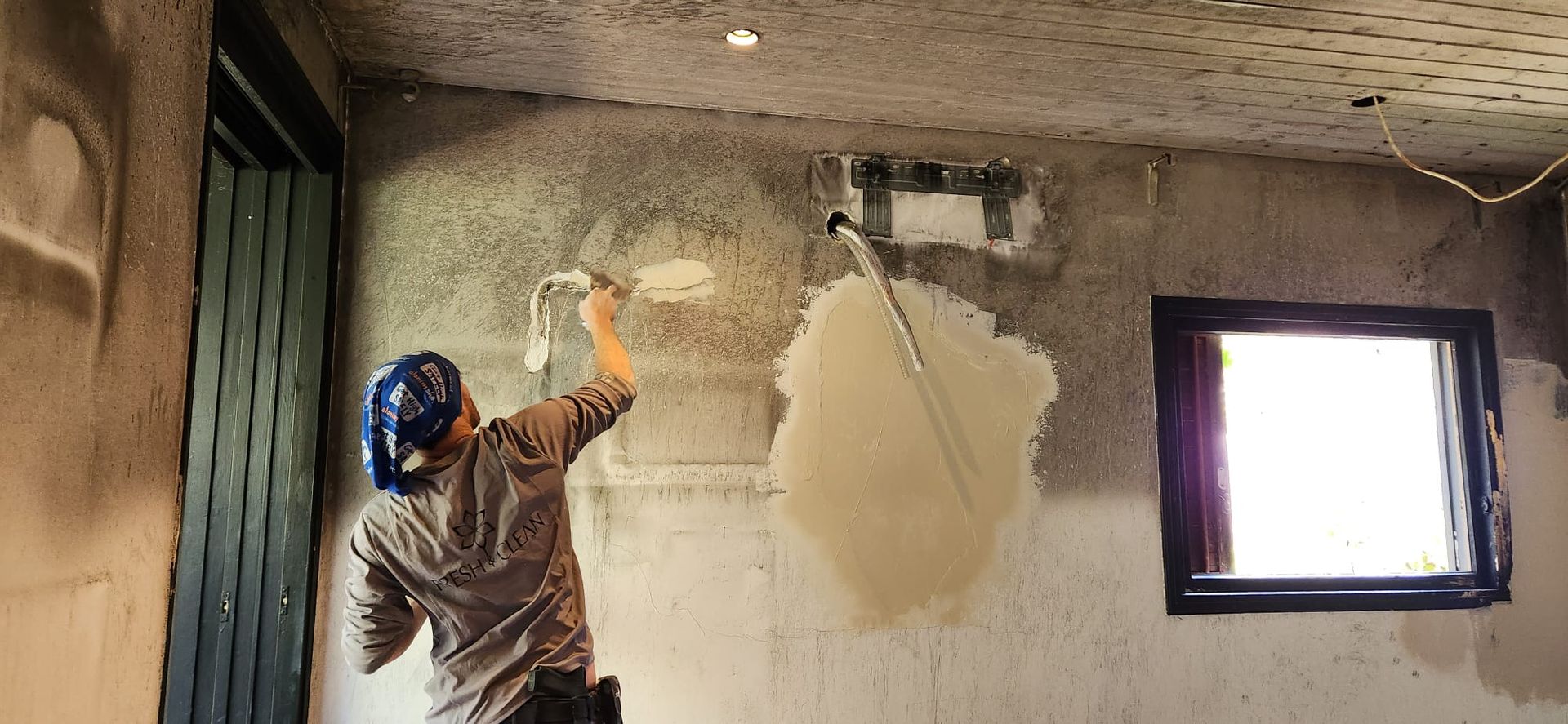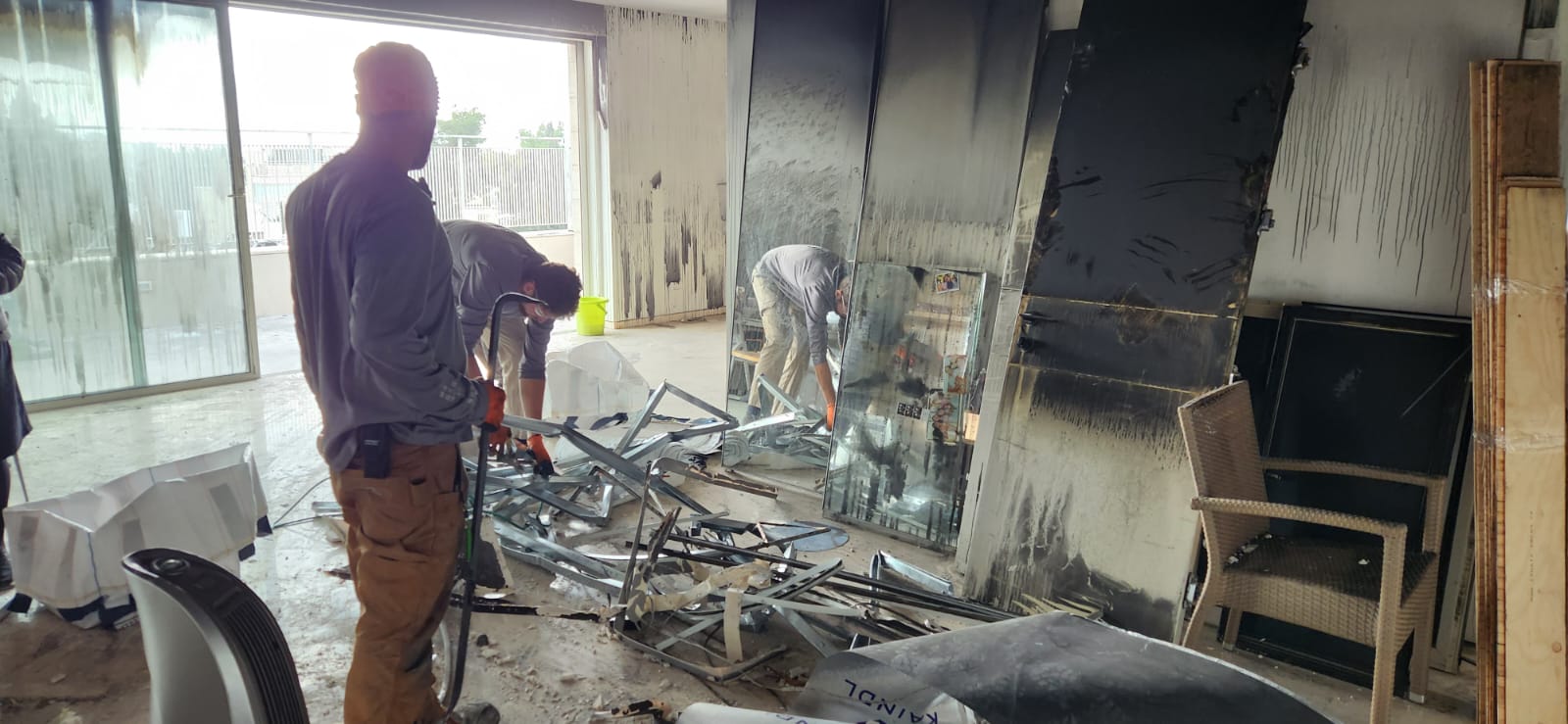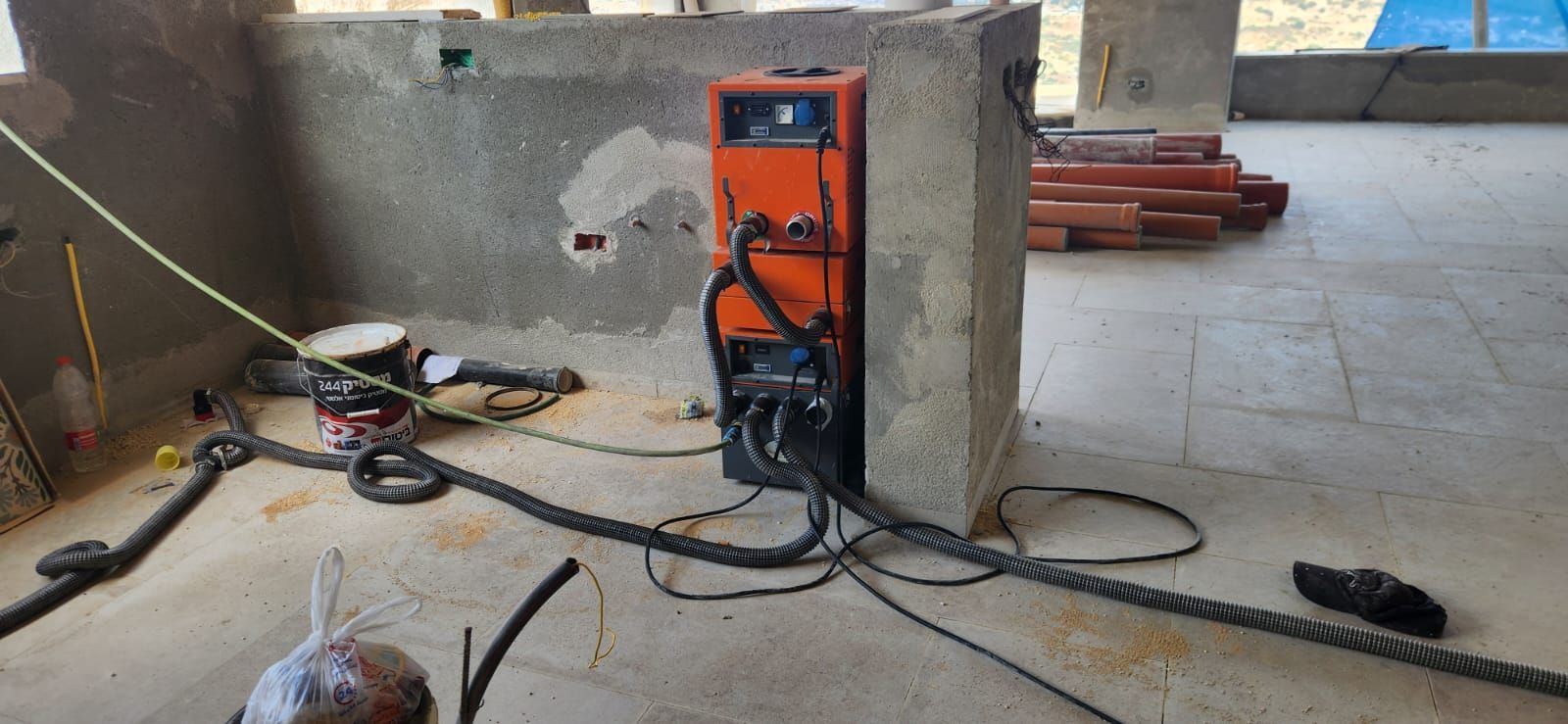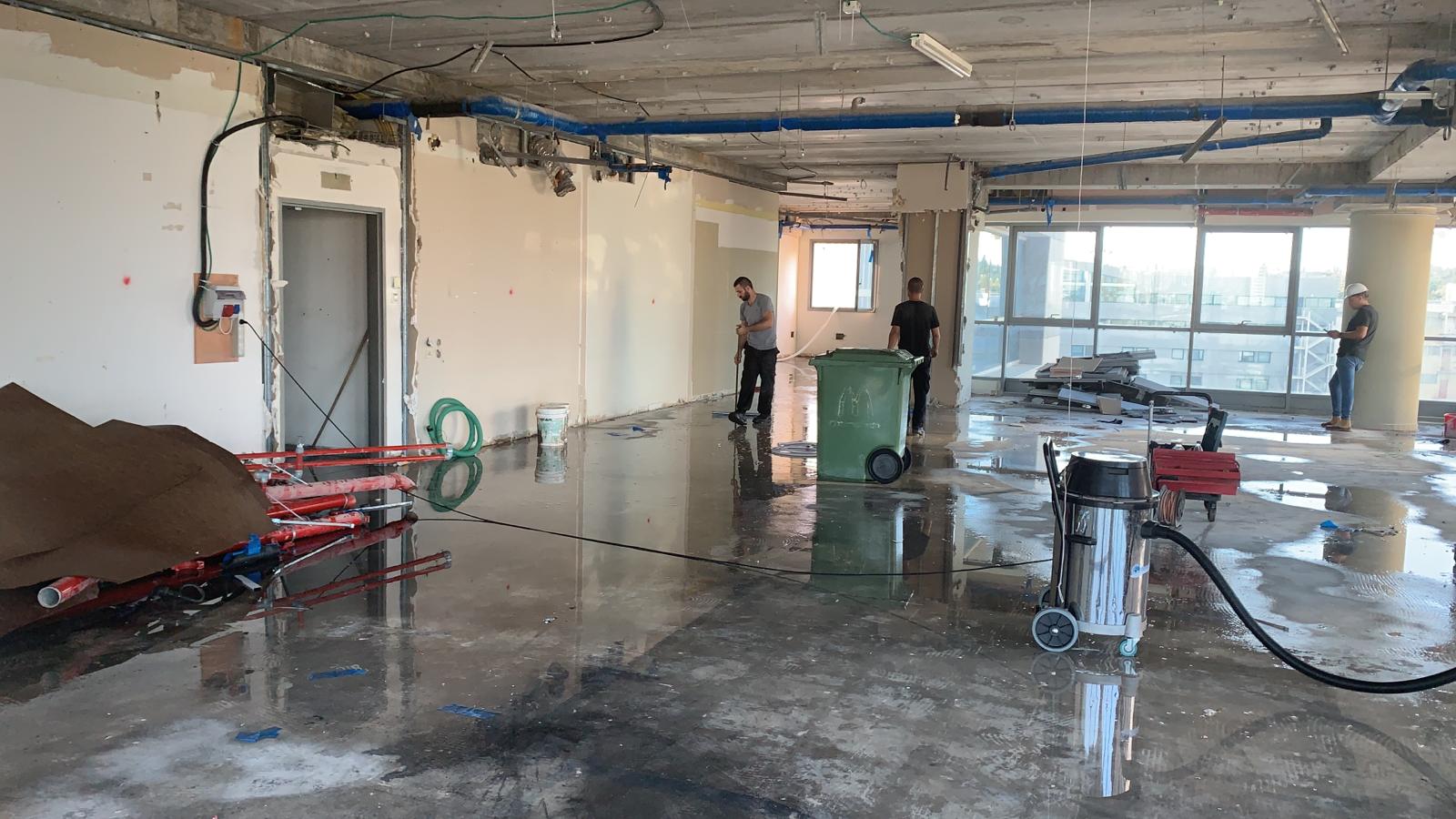What Is Underfloor Drying?
When there is an ongoing problem with the pipes, even if you only have a relatively small
leak, the water accumulates under the floor over time and causes damage.
Also when there is significant flooding, even for a short period of time, the water tends to
penetrate the floor and become trapped there.
To stop the damage, it is necessary to identify the source of the moisture and conduct
professional underfloor drying.
To identify such moisture, it is necessary to examine the bottom part of the wall: if there is
any sign of pealing, or if the wall is damp 2–5 centimeters above the baseboard, the water is
probably climbing upward by capillarity rise, looking for any possible way out and thereby
ruining the wall.
Sometimes it is possible to actually see or feel the dampness and, if not on ground level,
there will often be clear signs of moisture on the ceiling below.
There also may be a “secretion” in the form of white powder consisting of minerals or salts,
rising from between the floor tiles and attesting to the existence of water under the floor.
After a professional locates the origin of the leak, and, after the source of the problem is
solved, it is possible to dry the floor.
The drying is done by opening small round holes in hidden places, such as under the
refrigerator or washing machine, and reaching the substrate under the tiles with the hoses
of the drying machines.
The length of time required for drying depends on the type of substrate under the tiles, the
size of the floor, and the degree of moisture. The drying may take between a number of
weeks and several months.
